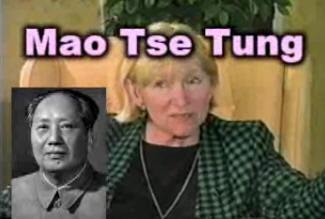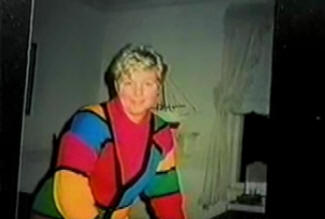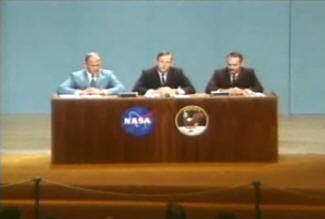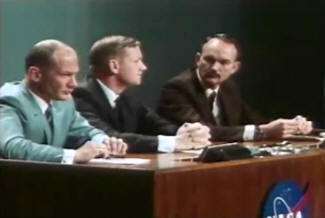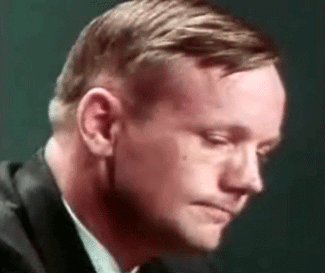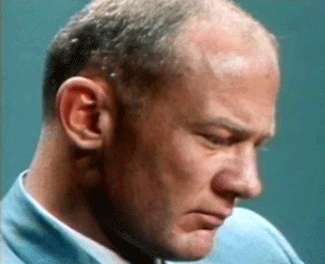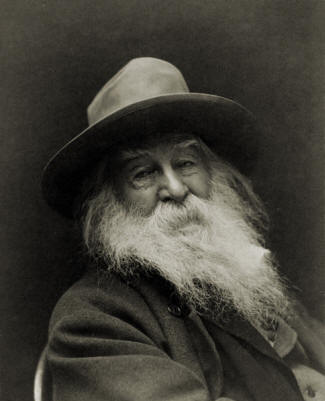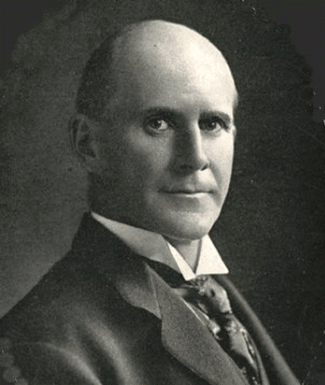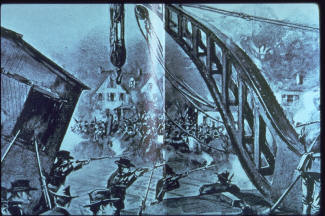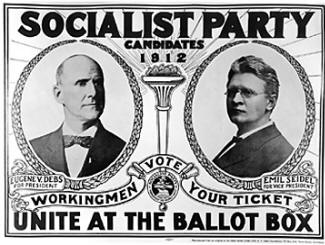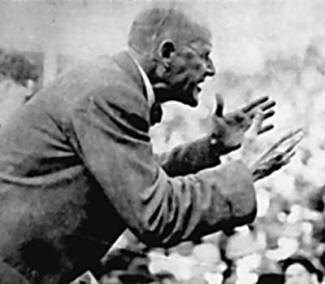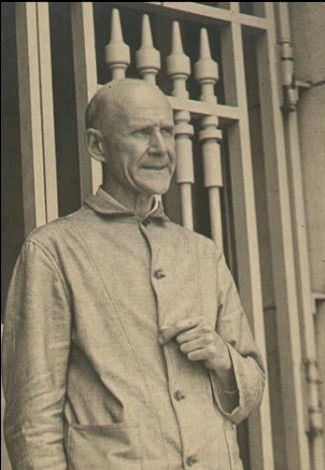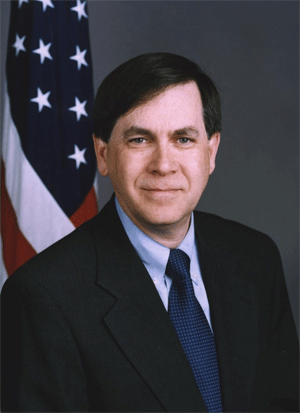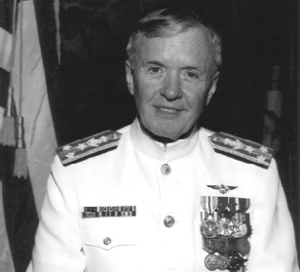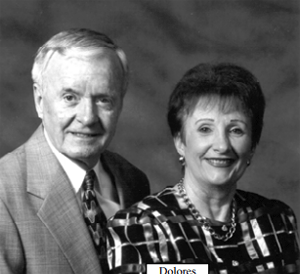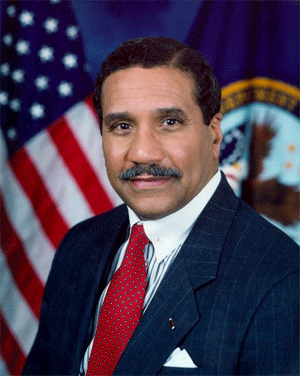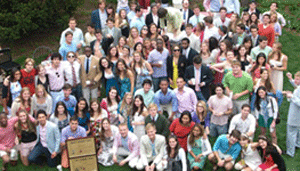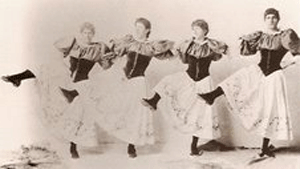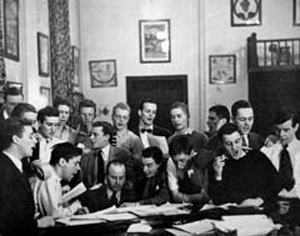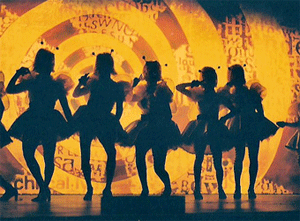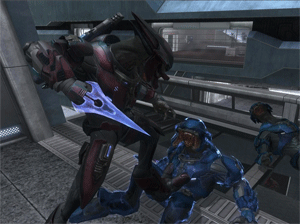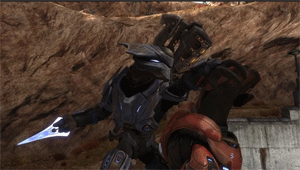MRS. KAY GRIGGS ON HOW THE GOVERNMENT WORKS
Interview with Eric Hufschmid
[Transcribed from the video by Tara Carreon]
NOTICE: THIS WORK MAY BE PROTECTED BY COPYRIGHT
YOU ARE REQUIRED TO READ THE COPYRIGHT NOTICE AT THIS LINK BEFORE YOU READ THE FOLLOWING WORK, THAT IS AVAILABLE SOLELY FOR PRIVATE STUDY, SCHOLARSHIP OR RESEARCH PURSUANT TO 17 U.S.C. SECTION 107 AND 108. IN THE EVENT THAT THE LIBRARY DETERMINES THAT UNLAWFUL COPYING OF THIS WORK HAS OCCURRED, THE LIBRARY HAS THE RIGHT TO BLOCK THE I.P. ADDRESS AT WHICH THE UNLAWFUL COPYING APPEARED TO HAVE OCCURRED. THANK YOU FOR RESPECTING THE RIGHTS OF COPYRIGHT OWNERS.
Click here to see Kay Griggs on How the Government Works -- Little Movie, Part 1
Click here to see Kay Griggs on How the Government Works -- Little Movie, Part 2
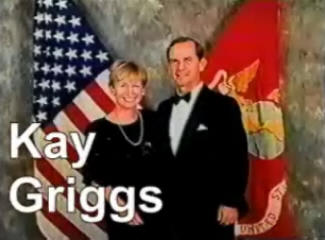
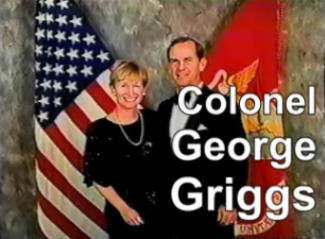
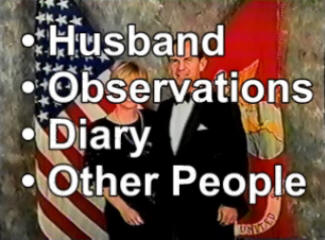
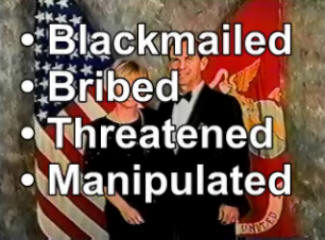
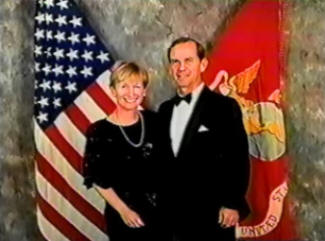
[Colonel Griggs, Kay Griggs' husband, was a Marine Corps Chief of Staff, and head of NATO's Psychological Operations.]
"They get rid of the good guys. The Marine Corps are the assassins for the Mob. The military is run by the Mob. The military IS the Mob."
***
"They took with them the most perverted aspects of Nazi Germany and brought them over to the United States."
-- Mrs. Kay Griggs on How the Government Works
Eric: One reason that people dismiss the possibility that the September 11th attack was a government operation is that they cannot believe everybody in the U.S. Government would remain silent about such an incredible crime. A woman named Kay Griggs, the second wife of Marine Corp Colonel George Griggs, can help us understand why everybody is silent. Her information about the U.S. Government comes from her husband, her personal observations, her husband's diary, and people she met. Even if some of her information is incorrect, the top military and political leaders of America are routinely blackmailed, bribed, threatened, and manipulated. She mentions many government officials by name, so if her accusations are false, she is making a lot of slanderous remarks about a lot of people. For example:
Kay: I found my husband's diary, which I have here, which they have been not anxious to have get out.
Eric: Now, "they" meaning ...?
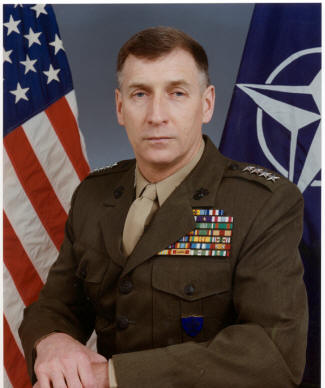
General John J. Sheehan, USMC (Retired)
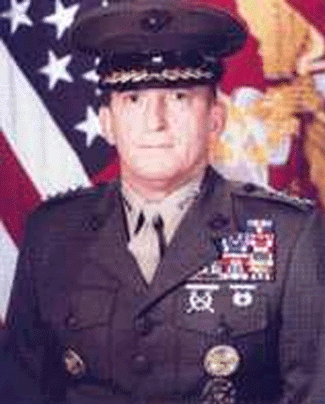
General Charles C. Krulak, Commandant of the Marine Corps

General Alfred M. Gray (left), former Commandant U.S. Marine Corps
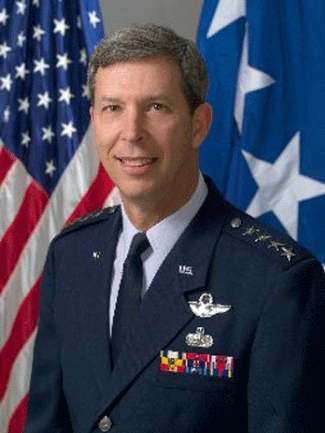
General Donald G. Cook (Retired Aug. 1, 2005)
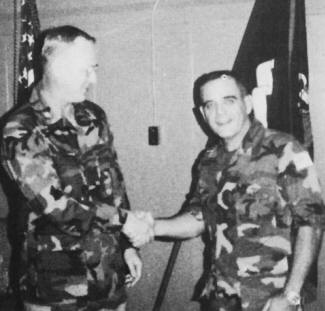
Brigadier General James R. Joy (right), U.S. Marine Corps (Retired)

General Carl Stiner (Retired)

Kay: The -- uh -- well -- "they." General [John J.] Sheehan, General [Charles C.] Krulak, Generals Al Gray, [Donald G.] Cook, and especially General [James R.] Joy. General Jim Joy and General Carl Stiner are, they are evil men. And they are in this diary meeting with my husband almost every day in Beirut. They trained the Men in Black who killed those people in Waco.


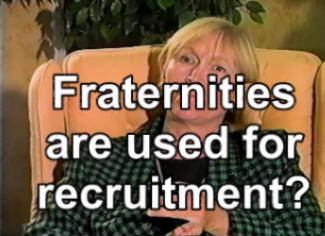
Eric: Not only does she claim that Waco was a deliberate killing, but later in the interview, she says that the military knew that the Marine Corps barracks was going to be bombed in Beirut, Lebanon. That bombing occurred in 1983, and more than 200 marines died. The official story is that the bombing was a result of Arab terrorists. She doesn't explain why the military would allow hundreds of Marines to die, so we are left to wonder if the bombing was intended to give the Marines an excuse to get out of Lebanon, or if it was intended to create anger towards Arabs. As with the September 11th attack, the Oklahoma City bombing, and the killings at Waco, it is difficult to find a sensible motive. But perhaps Kay Griggs is correct that many top government officials are under the control of criminals and lunatics. She explains that one of the methods to control government officials is to pressure them into doing unusual sexual activities, which can then be used to blackmail them. She believes that some universities have special fraternities for this purpose. For example, Princeton University has a fraternity called Cap and Gown, which her husband belonged to. Yale University has a fraternity called Skull & Bones. Supposedly, President Bush and John Kerry were members of that fraternity. To most people, and some of its members, these fraternities are meaningless organizations. But she believes that some of them are used as recruitment centers for government officials.
Kay: George got into Cap and Gown which is the same kind of fraternity. I mean it's a eating club at Princeton for intelligence officers.
Eric: In Cap and Gown did they have anybody involved who wasn't intelligence oriented?
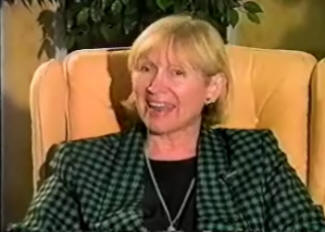
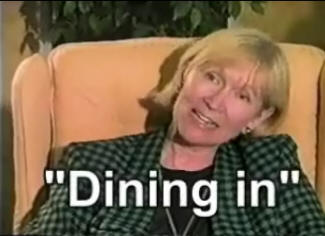

Kay: Football players, and so forth. But I have a feeling that Cap and Gown has a lot of intelligence officers and boys who may have been raped. Of course, they'd never talk about it. But I know that in the initiation they get very drunk, even in the Marine Corp they do that, it's called "Dining in." They have the "shellback" ceremony. They do a lot of homosexual enticement. The boys, when they come in, when they are new recruits, they strip them nude, they violate their personal parts, and a lot of that is going on even now.
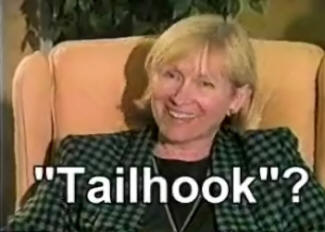
Eric: What about "tailhook"? Is there a connection?
Kay: Yeah, sure! Because the "cream of the crop" is doing this. They are having group sex parties.
Eric: That was a Navy operation too, wasn't it?
Kay: Yeah.
Eric: She points out that "tailhook" has a double meaning.
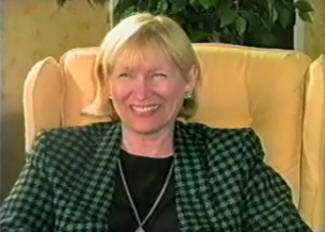
Kay: You know what "tailhook" means, don't you?
Eric: No. What is tailhook?
Kay: Laughter.
Eric: Uh oh. I got a feeling. Is it a homosexual reference?
Kay: Yeah, sure.
Eric: Really?
Kay: Sure.
Eric: Did you know that, Steve? Isn't that something?
Kay: Yeah.
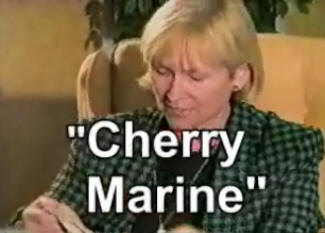
Eric: She accuses a Marine Corp General of being a "Cherry Marine."
Kay: What I want to tell you about General Al Gray, my husband was the chief of staff for General Al Gray who was the Commandant of the Marine Corp. And I probably shouldn't say this on the tape, and you all can get rid of it, but he's a homosexual. Gray is what they call a "Cherry Marine."
Eric: She then describes the initiation ceremonies in more detail, and notice that her husband is one of the sources of this information.
Eric: I mean, if this really got out that these guys are all inducted because they've got some kind of homosexual thing on them ...

Kay: Right, indoctrination or induction. They have to do that. They do that. In a coffin. And it's even now coming into the military totally. The chiefs do that. They put them in the coffin. They do the bowling ball trick.
Eric: Okay, you've got to explain this. What happens when you get in the coffin? Why do you get in a coffin?
Kay: Oh, when you get your eagles -- that's a German thing you know -- it's what the German high command did, and most of them had the boyfriends and stuff, the croups and all of that. It is a German thing that they say goes back to Greece. And it's all the male Marine looking men that they do it with, you see. So now the chiefs have to do that. What they do is they get -- George said it's like a zoo -- they get everybody really drunk, and they sometimes call it "dining in." "Shellback" is another time that they do it. Not everybody does it, but the ones who do it, if they're young, they get right up to the top.
Eric: Okay, what actually do they do? They've got a coffin, they get inside ...
Kay: Anal sex. Oh, that! They put them in the coffin and they do things.
Eric: Okay, they perform things on each other?
Kay: Yeah, yeah, while they're all around there going drunk and ...
Eric: Okay, I see, so there's a guy in the coffin ...
Kay: Yeah, and he's the one who is the ...
Eric: ... recipient of all the acts?
Kay: Right, right.
Eric: We can probably say to conclude that these are oral sex acts on this guy, or something like that.
Kay: Yeah, yeah. Oral and anal.
Eric: But what's the significance of the coffin?
Kay: I don't know.
Eric: Although she never explained what the bowling ball trick is, you should ask yourself, "Would a top military official or any other man tell his wife that he was pressured into joining these bizarre ceremonies if they were not true? Not every man in the military is enthusiastic about homosexual sex, so there are also orgies with women.
Kay: These orgies are going on all over the Mediterranean. The captains, the lieutenants, the men who rise to the top, are the ones who were picked to play the games, the pool parties, the nude pool parties. And they have secretaries who come in. I've talked to three guys, and of course my husband, who went to these parties. But what they do is, and this is General Al Gray who was the main prime mover, they would go to a place like Isle Rose where Charles Haddock, this teacher who inducted, got my husband into it, he retired in one of these all-male party houses on the Mediterranean. And my husband kept up with him all through the years.
Eric: And these sex parties and orgies, they're all homosexual in nature or is there some heterosexual ... ?
Kay: They start off with the wild secretaries. It's kind of, you know, my husband did those in Indonesia. He did them in a place in Northern Virginia with his first wife ...
Eric: She was told by military leaders and their wives that this is normal.
Eric: What percentage do you think of these higher up people are bisexual?
Kay: Oh, all of them! If they're in Special Operations, if they're Marines, they're all bisexual. They've all had to do it. In order to get to be a bird colonel, the Seals, it's kind of like the fast road to the top.
Eric: So a guy could not be a Seal without having gone through this?
Kay: Oh, I don't believe so. I haven't met one that I don't believe would have done it. And judging from what a couple of colonels told me, that's just the norm. "It's just you women, you know. You all are so sissy. You don't understand how it is. We're under so much pressure." And when Valerie Wilhelm told me that about Charlie, I just could not believe what she was saying.
Eric: Charlie Wilhelm would be ...
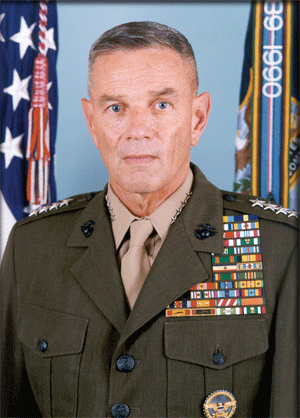
General Charles E. Wilhelm, Former Commander, U.S. Southern Command
Kay: He's a general now down in Miami. And she was just saying, "Oh, well, you know, he's running around -- he has to!," she said. "He's under so much pressure." And she was saying that -- of course I had met Charlie in Norway, and Charlie is someone my husband just sort of idolizes. And he and Michael Boyle is another one. Michael is my husband's "Special Friend."
Eric: After watching all eight hours of her interview, when I see a top government official, I find myself wondering, "Did this guy get his promotion because he joined in on the homosexual sex?
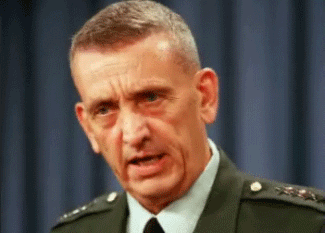
What about this guy?

Or him?
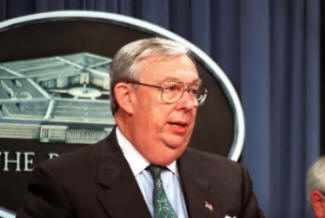
This one?

Do the Air Force generals do it also?
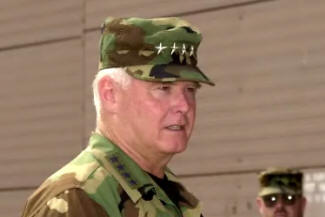
Kay Griggs implies that General Al Gray enjoys the homosexual sex. But I would expect some of the men to become fed up with it after a certain number of years. After all, how many times would you have to be pressured into homosexual acts before you refused to do it? Whoever has control of the U.S. Government has to deal with the men who become rebellious. Kay Griggs suspects that murder was used to keep her husband under control.
Kay: And you see, my husband is frightened to death. I believe that his brother was murdered to keep him in. Because he had gone through four years of this mind control. And the man who did it, and you can see it on the video, his name was Charles Haddock, and another man named Alexander Robinson.
Eric: She also suspects other men were murdered such as former CIA director William Colby. She also mentions the technique of condemning a person to a mental institutionm which almost happened to a person named Bob.
Kay: There were a couple of others: Paisley who was murdered almost like this other man. Paisley was murdered like William Colby. Paisley was also hanging around with other homosexuals. He went to the Rush River Lodge, and so did Bob Woodward, Bob Woodward the reporter. Henry Kissinger was a well-known, totally a homosexual. Not even both ways.
Eric: And so his wife is a marriage of cover or convenience?
Kay: Oh, it's just a convenience, yeah. I mean, maybe he's discovered women in his late age. I don't know. But I heard through a very well grounded German that Henry's best friend's father told Henry to stay away from him. And that's why Henry left. The family were embarrassed. And Henry went to Britain where they did this, and then changed his name from Heinz to Henry. And I interviewed a man named Bob, who's an army enlisted person, who told me about Henry in Cambodia. So up through Cambodia, he was actually raping young men. And of course, that experience destroyed the lives of these five young men, according to the source. I mean, he said, he was crying -- and this man was a perfectly wonderful functioning young married man who worked for a newspaper on the Eastern shore, and had three young children -- he went to Vietnam as an enlisted man, was put into Cambodia, which he said it was a lie living there, and then ran into Henry Kissinger. Or Henry Kissinger ran into him, and did certain things to him. Invited him into his tent with some other men. It was horrible. But he said, "It's wartime," and so forth. But he said, "You know, I could have taken it mentally if it had been a bunk-mate or something, but when it's someone like Henry Kissinger who does it to you, you're ruined." He said he came back home -- Oh! And this is interesting, and I really believe that Bob's right, he said Kissinger said to him, "If you ever tell anybody, if you ever mention to a soul, it's the end of you. Don't you ever tell anybody." Well, when Bob got back, he went to a special hospital, and they were going to keep him locked up forever. A lot of the other boys just ... my feeling is that he was flagged the way I was flagged when General Gray and Wilhelm had me flagged because I broke up the go-go dancing in the Officer's Club. I was labeled a troublemaker because I thought it was wrong for married men to be going out with topless go-go dancers in the Officer's Club Dining Room, and I took pictures of it. And my husband got really mad, and so forth.
Eric: How could it be that all top government officials are willing to allow this corruption, rape and blackmail? Kay Griggs says that people in control of the government are grooming emotionally weak boys for top government positions. She explains that this recruitment process starts while the boys are teenagers or younger.
Kay: They have little boys that they pick out and they call them "special." They use the word "special," meaning elite, irregular, in order to entice these boys because they don't have much ego ...
Eric: They look for boys who suffer from low self-esteem, poverty, and mental disorders. People who are not happy with themselves are easy to manipulate with praise. And children from poor families are more susceptible to promises of top government positions. She explains that some of these boys are put into all boys schools, and exposed to homosexual activities. She accuses a man named Charles Haddock of being one of the men who manipulated the young boys.
Kay: Charles Haddock was the bodyguard, quote unquote "teacher" for these guys. So they would go out and play in the woods. And they were doing homosexual things with them.
Eric: She investigated her husband's background and believes that these people were pushing him into homosexual activities.
Kay: I called all his roommates, at the Hun (sp?) School and at Princeton. They told me things about George, you know, holding hands with Haddock and other people, about being a cheerleader, and going off, and so forth.
Eric: "Cheerleader." This is kind of a trade name, right?
Kay: He was a cheerleader at Princeton. And he traveled with the football team. And here is a guy like that, they put him in the Marine Corp? I don't think that was very nice. Do you know what I'm saying? It was hard for him.
Eric: She believes that President Bill Clinton was also selected for this program of abuse and blackmail.
Eric: You know, as you describe this, I can't help but think of Bill Clinton.
Kay: Well, of course he was one of those profile boys. But the difference between Bill Clinton, and I'm not saying Bill Clinton's better, but Bill Clinton didn't know anything about the assassinations.
Eric: How would you feel if you had been put into an all boys school when you were a teenager, subjected to homosexual sex, and offered high level government jobs, and when you rebelled, your brother was murdered? Kay described her husband as drinking every day. He would often pass out on the floor, and even in the yard. Sometimes he would sit naked in his room. His attitude was often unpleasant, and he was sometimes very violent. You might think that a government official could hold a press conference and complain about the corruption, but unless he is given support by other government officials, and the American people, he will meet the same fate as the other people who resisted.
On page 149 of my book, "Painful Questions: An Analysis of the September 11th Attack," I have a section: "There is nobody to protect us." I wrote, "More amazing to me, we cannot even get support from the American citizens. Rather, most of them will insult us as being 'conspiracy nuts.' This situation reminds me of the child who ran away from Jeff Dahmer, went to the police for help, and the police handed him back to Dahmer. How is America going to improve when the majority of American citizens, including the police, FBI and military, have no desire to know what is going on in their nation, and have no desire to make the nation better?"
Kay: I think they're trying to destroy America.
Eric: Let's listen to more accusations before trying to understand who "they" are.
Kay: And keep in mind, my husband is infamous: Princeton graduate, Chief of Staff for Al Gray, who runs all the dirty tricks for the army. You know, Linda Tripp worked for Carl Stiner who was a partner of, you know, Jim Joy, Carl Stiner and my husband were the triumvirate in Beirut, and Linda Tripp worked for Carl Stiner down there.
Eric: Okay, this would be approximately ...?
Kay: I think in the 80's. See, she and her husband were both Delta Force duos. They send them, and then they divorced, so that broke up that. But she's a dirty tricks person, Linda.
Eric: She believes that Linda Tripp was helping to set President Clinton up for blackmail. She also claims that the U.S. military was manipulated during the 1991 Iraqi war for purposes of selling weapons, smuggling drugs, and laundering money.
Kay: It's kind of like Monica and Bill. I think they put Monica in there to have something on Bill. That's my own feeling. Sarah McClendon feels the same way.
Eric: And Linda Tripp was there to guide the situation?
Kay: Absolutely. Of course. Linda Tripp was Delta Force. Linda Tripp was trained by Carl Stiner, who's in the diary with my husband. Carl Stiner is called a "Snake." And he tried to trip up Schwarzkopf. I mean, he was trying to take the whole Iraqi thing over because they had been baiting, you know, using the Israeli rogues in Turkey. They were having little zig-zag wars. It's all to sell weapons. It's all about weapon sales. It's all about drugs. It's all about funny money.
Eric: Most people assume that the U.S. military wanted the Vietnam war. But she claims that the military was pushed into Vietnam by the same people who were behind the bombing of Dresden during World War II. She supports the accusation that the American military was fooled into bombing Dresden simply to slaughter the German civilians. She also supports the accusation in Michael Piper's book, "Final Judgment," that some Israelis were the masterminds of the President Kennedy assassination.
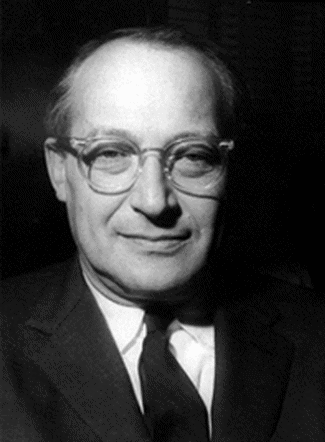
Walt Whitman Rostow
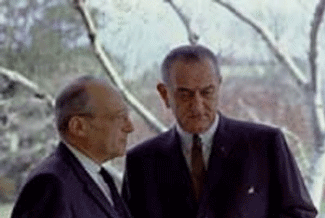
President Johnson with Walt Whitman Rostow
Kay: You didn't used to kill women and children in war, you know, when the British army were pure, kind of. You know, you didn't go out and kill. I think at Dresden they did do some of that, but that was Walt Whitman Rostow and his crowd. And he's a very dangerous man. Because Walt Whitman Rostow is a Communist.
Eric: Okay, in what capacity is he?

July 29, 1989: Ronald Reagan with traveling companion retired U.S. Marine Lt. General Victor Krulak (in the yellow shirt)
Kay: Oh, he was one of the wise men in Kennedy's administration. I think he was probably responsible for the movement that got Kennedy murdered. I believe it was an Israeli group which did it, with some of these rogues. Walt Whitman Rostow was the one who got us into the Vietnam war because he wanted to sell the weapons and stuff. He and Victor Krulak who is the present Commandant's father, Krulak was his lackey. Walt Whitman Rostow went with General Taylor and wrote the report that got us into the Vietnam war. And all the time that the Pentagon was saying, "No, no, no, no," he was a cheerleader for the weapon sales. He and Henry Kissinger. He and Henry. Walt Whitman Rostow, [1] Eugene Debs Rostow, [2] these were Communists, names for Communists. Eugene Debs Rostow, and, it's either his son or his other brother, runs the big Boston mob, the Port there. His name is Nicholas Rostow.
Eric: She claims that the war in Bosnia was also manipulated by these people, and that the CIA is not as important as we assume it is. She believes that most of the secret operations are coming from a group of criminals working within our military and NATO. Sometimes she refers to them as "The Joint."
Kay: The war in Bosnia is simply a stage to train assassins, to be a market for brand new weapons, and to be a marketplace so the drug money can be used. And the Army runs the whole show. It's totally run by the Army. The CIA is a bogus thing, you know. It's training in doctrine command, it's NATO, it's SHAPE: Supreme Headquarters Allied Powers Europe, started by Eisenhower. It's a totally independent corporation. It's main function is to sell weapons and launder money.

Eric: You're talking about the CIA?
Kay: No, I'm talking about SHAPE. The CIA is kind of bogus. It's just there. [3]
Eric: That's just a trade name for the media to use.
Kay: It's just to confuse us, to get us off the track. It's all being done by Army people who are now Joint.
Eric: She describes "The Joint" as being in New York, and that it acts as a funding organization for their criminal activities.
Kay: The funding organization, one of the funding organizations, was out of New York, and it was called "The Joint." And Meyer Lansky -- see, our Mob, the organized crime, the Jewish Kabbalhist group ...
Eric: Unlike the gangsters of Al Capone's era, Meyer Lansky and his friends can manipulate entire nations rather than just a few cities. In this next segment, she mentions that one of the operations that "The Joint" was funding, was the illegal immigration of Nazis into America. Since she describes "The Joint" as being Jewish, your first thought might be to assume they were helping Jews escape Nazi Germany. However, what she describes may be what other people refer to as Operation Paperclip, although she does not use that expression. She is going to mention that many of these Nazis had "The German Disease." And she refers to them as "The Pink Triangle Boys." She is referring to homosexuality and sex with children. The Nazi party had the same problem that the Republican party suffers from. Specifically, there are a lot of accusations that many top Nazi and Republican leaders are homosexual, that some are raping children on a regular basis, and that some are covering up the slave trade. In Nazi Germany, some of the rapists and homosexuals were arrested and put into prison camps, and pink triangles were put on their uniforms to identify them from the other prisoners. She believes that thousands of these Pink Triangle Boys were brought to America at the end of World War II. She also claims that the Nazi Government was brought down by the German people when reports about the raping of children started spreading through the population. This seems to be happening right now with the Bush Administration. The Jeff Gannon incident seems to be forcing a lot of people to face the possibility that many top government officials are not what they claim to be.
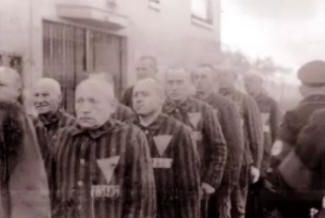
The Pink Triangle Boys
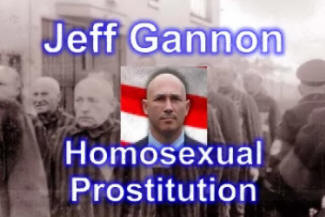
Jeff Gannon, Homosexual Prostitution
Kay: This funding group in New York, they would pay for passports which were illegal. In fact, my grandfather was involved with that. That's how I know so much about it, because my grandfather was told to keep silent and not tell anybody. And of course he told my grandmother, and my grandmother told me, and I've told my children. Everybody knows they brought in probably more than 200,000 Nazi soldiers, and SS, and you know, whacko scientists and psychologists. And all of them, most of them, had "The German Disease." You know, because it was their culture.
Eric: The German Disease?
Kay: Yeah, "The German Disease" is what the Pink Triangle Boys were. Colonel Ron Ray writes about this. He's a Marine Colonel who's a Christian who's writing about the "Cherry Marines," about homosexuality, and the group sex orgies, and so forth, which brought down the German government. Because Naples, which is where all of the Navy is doing their playing, I mean today, in Naples, these orgies are going on. It was where Krupp, [4] the weapons manufacturer, used to take the German High Command, and they would go onto the Isle of Capri into the Blue Grotto. And they would have big orchestras, and they'd bring in little boys, little Italian boys, who would be raped. They'd give them trinkets. And of course the mothers gradually found out, and just like me, it was one thing when there was just one of me, now there a lot more of us wives who are talking and telling truth. And those Italian women went to newspapers in Italy. They wouldn't listen. But when they went to the wives of these guys in Germany, it brought it all out. It brought the German government down, because they were duplicitous in it. But what they were doing was pedophilia. They were raping, bringing in little boys. They involve the Catholic Priests, you know, who were bringing in ... Anyway, but what happened was this whole group came over to the United States. And it's an old culture. But it's the reason there are a lot of things going on with children these days. And it explains why it's all being covered up. Because if you've got police officers who are playing these games, and they're going into the woods, like what is that place where, I mean, even Eisenhower played these games, even Mike Kemp out at it's called "The Hermitage" in California, where they all get drunk and they run around nude in the woods and stuff.
Eric: The Hermitage? Bohemian Grove?
Kay: That's it! Bohemian Grove.
Eric: Rather than Hermitage?
Kay: Bohemian Grove. That's the name of it. My brain's tired. And there was a big one in Washington called Rush River Lodge where they used to all go. And there are lots of places now, but the problem, as I see it, is that I think they are trying to destroy America.
Eric: She also accuses Caspar Weinberger of being part of this group of criminals.
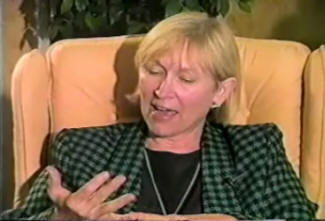
Kay: They are selling weapons! I mean, that is what the military is doing. It's totally controlled by the Mob. Look at this. Weinberger was General Douglas MacArthur's -- he spied on MacArthur in Korea. Who was MacArthur's nemesis, albatross? It was none other than little old intelligence "I'm-going-to-tell-every-move-you-make" Weinberger. Young. But he did it. He brought down MacArthur. Every move MacArthur was going to make, he broadcast it through the Chaplain, his little intelligence network. And he got brownie points with the group because he brought down the big lion. When you bring down a big lion like that, you get a big job. You've done good work. And they needed to get rid of MacArthur because he didn't want to keep the wars going. He wanted it over and, you know, it's like General Truffey (sp?) who took over after the Vietnam War was over. And he was on C-Span in August 1996 with former Ambassador Whitehead, and a few of the other State Department Vietnam people, and General Truffey had been holding these things in for years. He was on C Span. This man let it all out. He said, "I took over at the end of the Vietnam War. I was in control, right? Big general in charge. So I say, 'Cut off the shipment of weapons.' So I tell the Pentagon, 'Cut off the shipment of weapons.' " He said, "I got a phone call from Henry Kissinger saying, 'The weapons are going to continue at the wartime rate.'
Eric: Just when you think you've heard the strangest accusation possible, she comes up with another one that's even more difficult to believe. For example, she claims that some Communist dictators were also put through the homosexual mind control procedure by these criminals.

